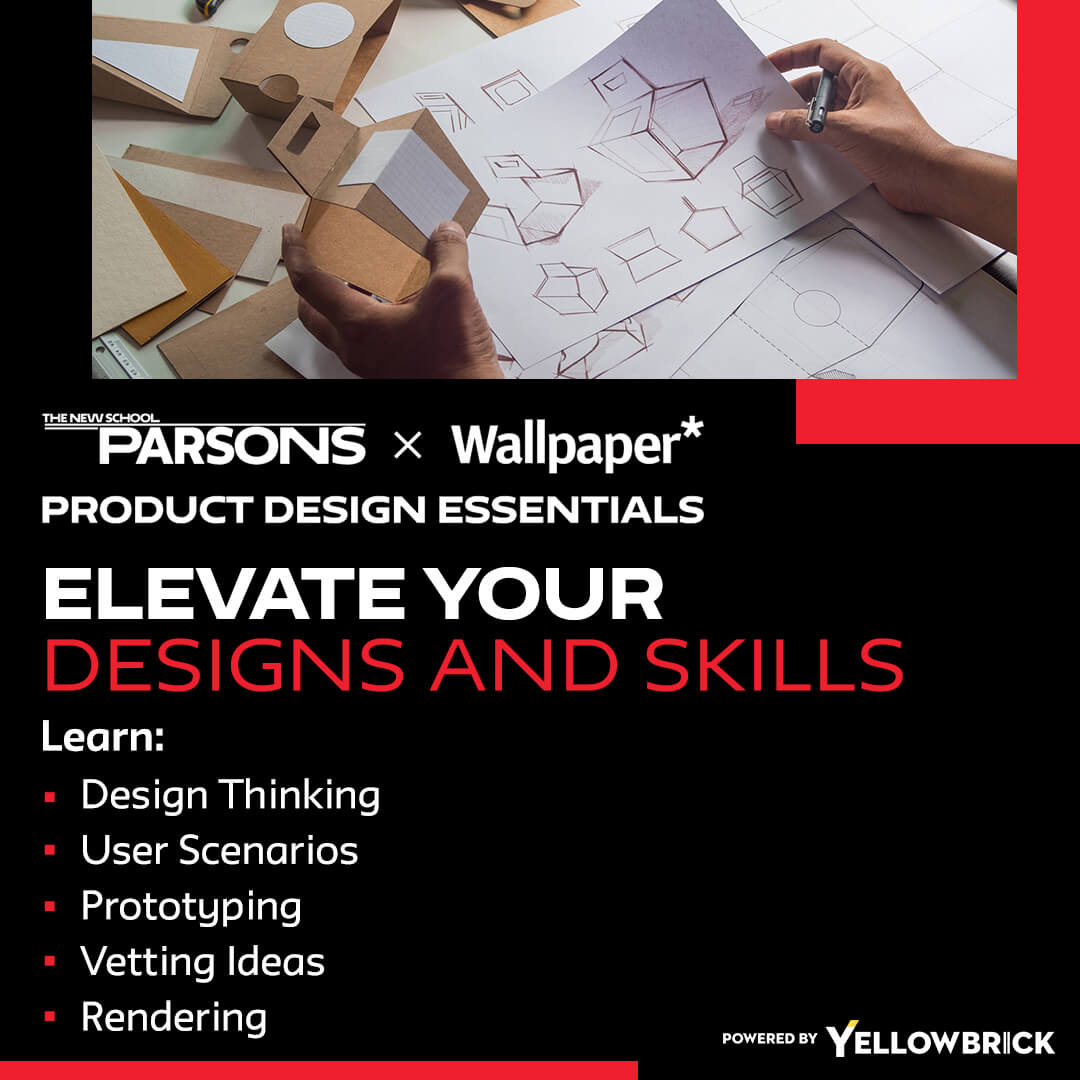A product design portfolio is more than just a collection of visuals — it’s your professional narrative. It showcases your ability to solve problems, think creatively, and deliver impactful user experiences. Whether you’re a student, freelancer, or seasoned designer, a stellar portfolio can open doors to new opportunities, clients, and job offers. This article explores how to craft a compelling product design portfolio that reflects your skills and potential.
Why Your Portfolio Matters
In the competitive field of product design, your portfolio acts as your first impression. Employers and clients often review portfolios before ever meeting you. A well-crafted portfolio not only displays your design work but also communicates your process, attention to detail, and understanding of user needs.
Essential Elements of a Product Design Portfolio
To make a strong impact, your portfolio should include a few non-negotiable elements. These core components ensure clarity, consistency, and professionalism:
- Clear Introduction: A short bio or welcome message that tells who you are, your design focus, and what drives your work
- Case Studies: In-depth breakdowns of selected projects that highlight your process, decisions, and impact
- Process Explanation: Demonstration of your design thinking, from research to testing and iteration
- Visual Presentation: High-quality images, wireframes, and mockups to support your story
- Outcomes & Results: Metrics, testimonials, or user feedback that validate your success
- Contact Information: Easy access to your email, LinkedIn, or portfolio site to encourage follow-up
Tips for Choosing the Right Projects
You don’t need to include everything you’ve ever worked on — just the best. Selecting the right projects can make or break your portfolio’s effectiveness.
- Show variety: Include different types of work (e.g., mobile apps, web design, physical products)
- Highlight your strengths: Choose projects that emphasize your core skills, whether it’s UX research, UI design, or prototyping
- Tell a story: Select projects where you played a key role and can explain the problem-solving behind the design
- Focus on relevance: Tailor your portfolio to the kind of work or role you’re seeking
- Include personal work: Side projects or passion pieces can showcase creativity and initiative
Writing Compelling Case Studies
Case studies are the heart of your portfolio. They demonstrate your process, not just your output. A well-written case study can help employers understand how you think and work.
- Start with context: Explain the problem, your role, and the project’s goal
- Break down the process: Include research, wireframes, sketches, testing, and iterations
- Explain decisions: Highlight the “why” behind key design choices
- Use visuals: Show each stage of the process with supporting images
- Finish strong: Share results, user impact, or lessons learned
Common Mistakes to Avoid
A few missteps can weaken an otherwise solid portfolio. Avoid these common pitfalls to ensure a polished and professional presentation:
- Too many projects: Overloading your portfolio can dilute the impact
- Lack of context: Avoid uploading final screens without explaining your process
- Cluttered layout: Keep your portfolio clean, organized, and easy to navigate
- Inconsistent branding: Use consistent fonts, colors, and language throughout
- Outdated work: Regularly update your portfolio with your most recent and relevant projects
Tools and Platforms to Build Your Portfolio
There are many great platforms and tools that make creating your portfolio easier and more professional-looking:
- Webflow / Squarespace / Wix: Drag-and-drop website builders with great design flexibility
- Notion: Simple and effective for clean, case study-based portfolios
- Figma or Adobe XD: Use these tools for layout planning or clickable portfolios
- Behance / Dribbble: Great for sharing visual work and getting discovered
- Personal Website: Offers full control over branding and customization
Conclusion
Your product design portfolio is your voice in a crowded field. It’s where your process, creativity, and impact come together to tell your story. By carefully selecting projects, writing thoughtful case studies, and focusing on both visuals and context, you can create a portfolio that not only impresses but inspires action. Invest the time — your next big opportunity could be just one click away.
Key Takeaways:
- Your product design portfolio is a crucial tool for showcasing your skills and attracting opportunities in the design industry.
- Select your best work, create a consistent theme, showcase your design process, highlight results, and include visual assets in your portfolio.
- Tailor your portfolio to your target audience, tell compelling stories, seek feedback, stay updated, and consider professional development.
Enhance your design skills and portfolio by exploring Yellowbrick’s professional development opportunities, such as the Parsons Product Design Essentials online course and certificate program.








